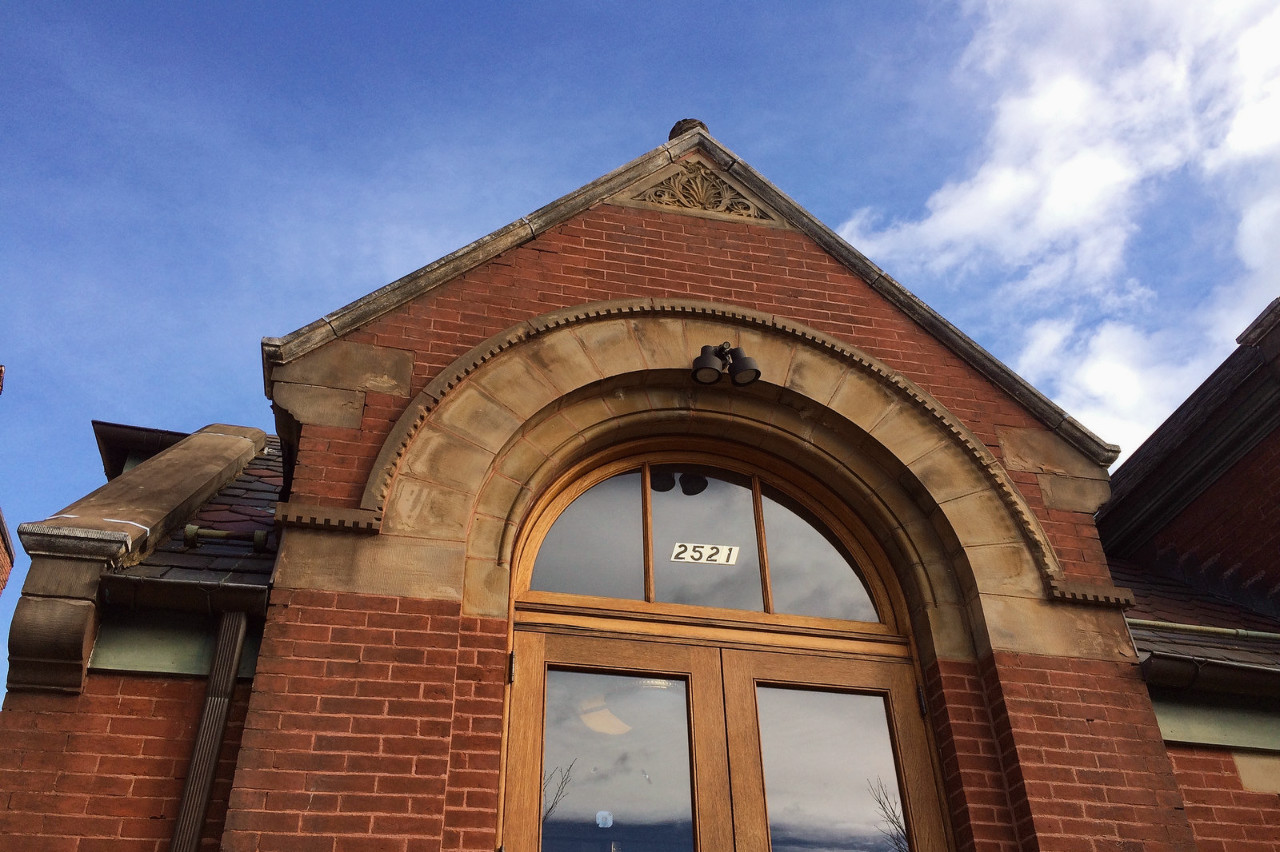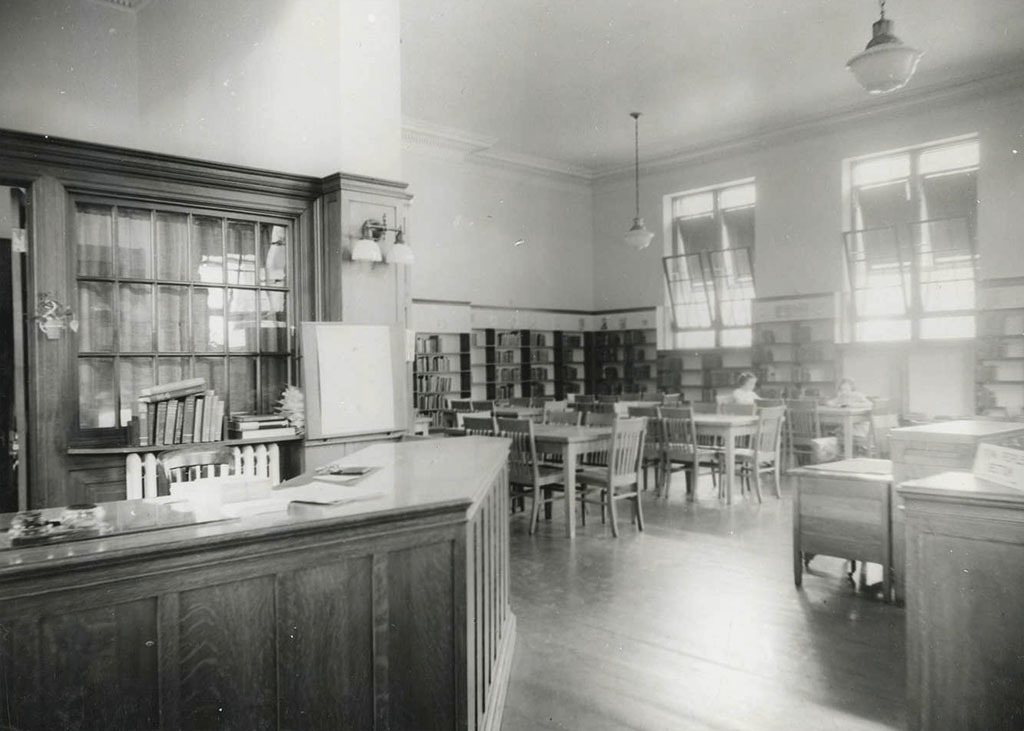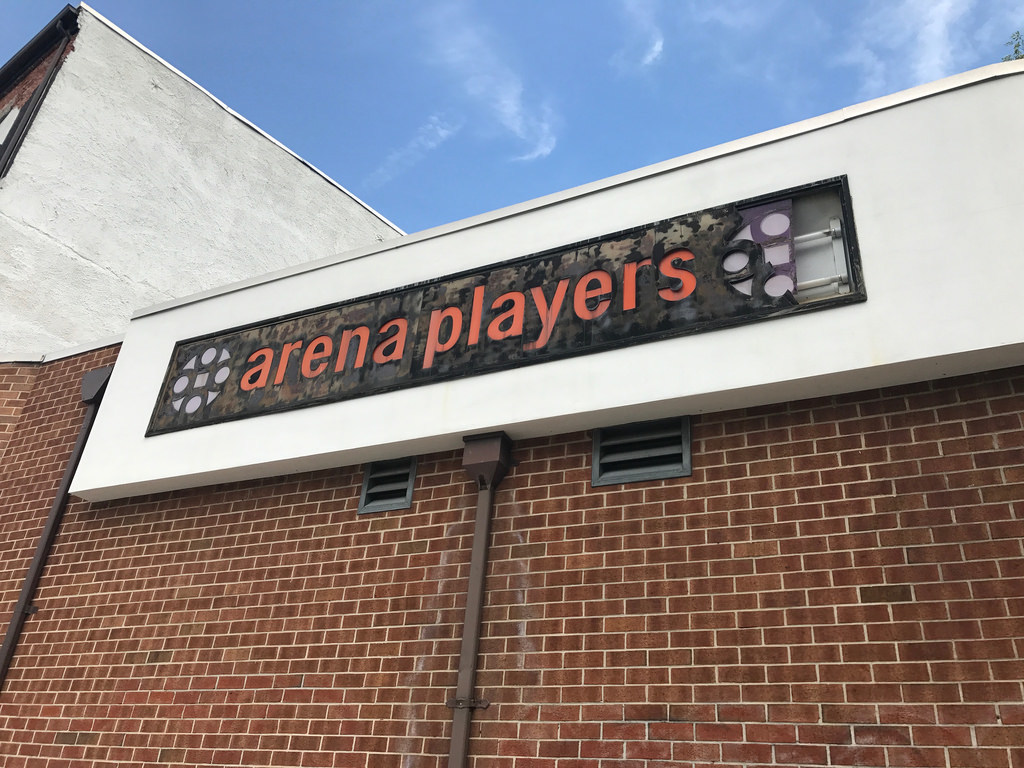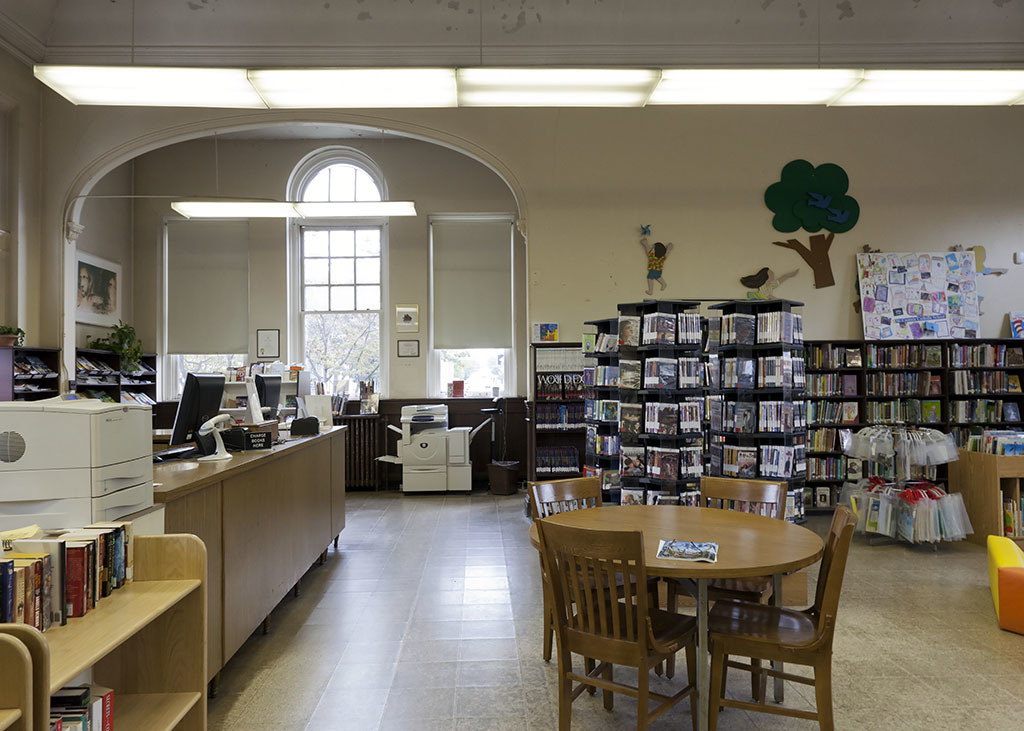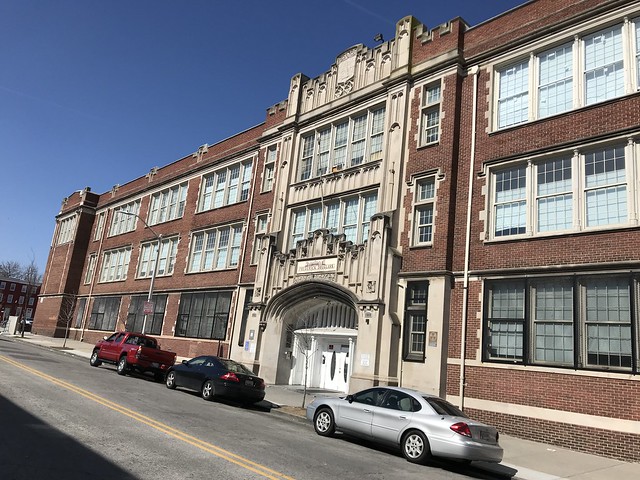Connect on Twitter: #maintaincivicspaces
Organize a Building Committee
Assess Building Condition
Organize a Community Clean-up
What is Maintain Civic Spaces?
The goal of this project is to support the workers at nonprofit organizations and religious organizations responsible for the day-to-day maintenance community-serving buildings around Baltimore City. We seek to collaborate with the workers and organizations responsibility for these buildings to build a new network of mutual support and create open educational resources to support the continued and improved stewardship of civic spaces.
Education-Based Latino Outreach (EBLO) Center
Built in 1922, the former Enoch Pratt Free Library Branch No. 19 at 606 South Ann Street was one of a large number of branch libraries that opened in the early twentieth century. The building has provided offices for EBLO and community meeting space since 2001.
Arena Playhouse
The Arena Playhouse at 801 McCulloh Street has been occupied by the Arena Players, an African American theatre troupe, since 1962.
Canton Branch, Enoch Pratt Free Library
The Canton Branch is one of four branch libraries, all designed by local architect Charles L. Carson, built by the Enoch Pratt Free Library in 1886. It stands alone, however, as the first to open and the only one of the original branch locations still in use as a library.
Keep learning about buildings and preservation
Maintain Civic Spaces is one of several open educational resources Baltimore Heritage have created for preservationists, residents, and people who own or manage historic buildings.
Local Preservation School
A collection of open educational resources where preservation advocates and volunteers can learn and share how to save and sustain historic places in their communities.
Vacant Buildings 101
Baltimore Heritage and the Community Law Center created this introductory guide to help Baltimore residents, property owners, and community leaders take action on vacant buildings.
Explore Baltimore Heritage
A website and smartphone app created by Baltimore historians, students, and residents tell the stories behind historic buildings and neighborhoods.



